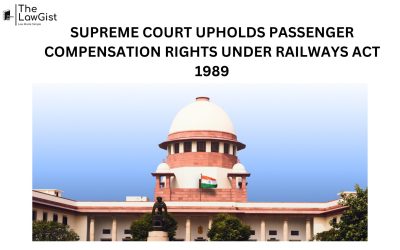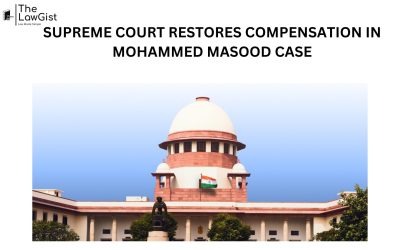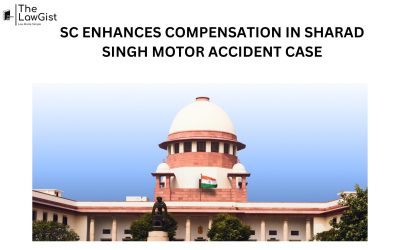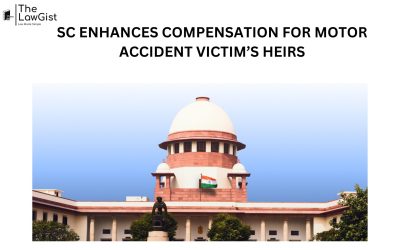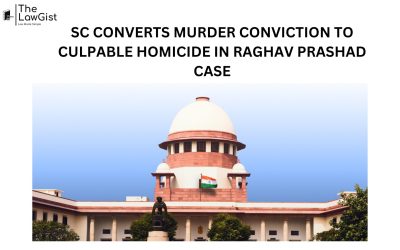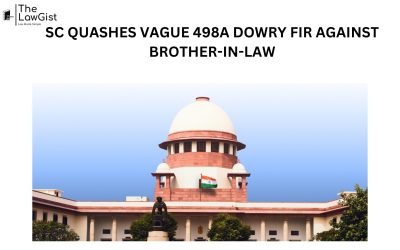
Supreme Court validates “In-House Procedure” as a constitutional mechanism for judicial accountability.
CASE SUMMARY – In XXX vs. Union of India & Others (2025), a sitting High Court Judge challenged the Supreme Court’s “In-House Procedure,” specifically paragraphs 5(b) and 7(ii), which allow the CJI to forward an inquiry report recommending removal. The case arose after a fire at the Judge’s residence revealed burnt currency, leading to an inquiry finding serious misconduct. The Judge argued the procedure was unconstitutional. The Supreme Court upheld its validity, holding it a legitimate self-regulatory mechanism under Article 141, complementing the Judges (Inquiry) Act. The CJI’s role was deemed lawful, and the petition was dismissed, reinforcing judicial accountability and institutional integrity.
| ASPECTS | DETAILS |
| Case Title | XXX vs. Union of India & Others, Writ Petition (Civil) No. 699 of 2025 |
| Introduction | A sitting Judge of the Allahabad High Court approached the Supreme Court under Article 32 seeking enforcement of rights under Articles 14 and 21, challenging parts of the “In-House Procedure” that permit recommending removal proceedings. |
| Factual Background | While serving as a Delhi High Court Judge, a fire at the petitioner’s official residence led to discovery of burnt currency notes. An “In-House Procedure” inquiry was initiated. The Committee’s report found serious misconduct warranting removal proceedings. The CJI gave the Judge the option to resign or retire; the Judge refused and approached the Court challenging the procedure. |
| Legal Issues | 1. Whether the petition should be entertained given the petitioner’s conduct.
2. Legality and constitutional validity of paragraphs 5(b) and 7(ii) of the “In-House Procedure.” 3. Whether the CJI can forward the Committee’s report recommending removal to the President/PM. 4. Applicability of the Judges (Protection) Act, 1985. |
| Applicable Law | Articles 14, 21, 32, 121, 124(4) & (5), 217, 218 of the Constitution; Judges (Inquiry) Act, 1968; Judges (Protection) Act, 1985; Restatement of Values of Judicial Life (1997); “In-House Procedure” (1999). |
| Analysis | The Court examined the constitutional scheme for removal of judges, precedents (C. Ravichandran Iyer, Indira Jaising, Sub-Committee on Judicial Accountability, etc.), the genesis of the “In-House Procedure,” and the role of the CJI. It upheld the procedure as a legitimate self-regulatory mechanism filling a constitutional gap, consistent with Article 141. The CJI’s role in forwarding reports to the President/PM was held valid. |
| Conclusion | The “In-House Procedure” has legal sanction; paragraphs 5(b) and 7(ii) are constitutional. The petition was dismissed. The CJI’s recommendation does not undermine separation of powers, and the Protection Act applies to such proceedings. |
| Current Scenario | The Supreme Court’s ruling strengthens the validity of the “In-House Procedure” as a self-regulatory tool for judicial discipline, confirming the CJI’s discretion to endorse and forward Committee findings to the executive, within constitutional boundaries. |
“Self-regulation by the judiciary is the only method to maintain public faith and the purity of justice.”
SOURCE – SUPREME COURT OF INDIA
READ ALSO – Articles 14, 21, 32, 121, 124(4) & (5), 217, 218 of the Constitution


